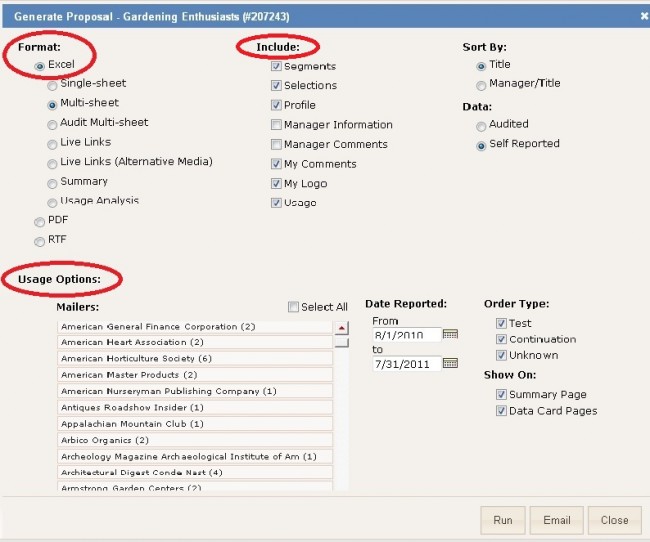
After speaking with dozens of digital media publishers and planners, I’ve come realize that two things need to happen in order for more digital media proposals to be accepted:
1) The digital media planner (buyer) must communicate the campaign objectives, acceptance criteria, and detailed requirements in a manner that leaves no room for error or misunderstanding.
2) The digital media publisher (seller) must respond with a relevant proposal that includes all of the requested information. Take a look at the top 5 things you’ll find in digital media proposals that win.
The good news is that digital media spending continues to increase, and you can expect to see an even greater lift in demand for premium guaranteed inventory when interactive media buyers and sellers are effectively matched, consistently concise, and clearly understood.
Based on input from digital media buyers who have expressed their needs, I developed an EASY-RFP template using the desktop application most frequently used in 2012 by digital media planners; that’s right — Microsoft Excel!
I would like to thank Ali Hockenberry (IMM), Ed Frack (Klunk & Millan Advertising), Joel Nierman (Critical Mass), and Michelle Burnham (Burnham Marketing) for their insights and RFP template suggestions.
Click here to download your free RFP template for digital advertising. Feel free to use, modify, or incorporate this for your own RFP template. Your feedback is welcome!
You can use the Easy RFP template in conjunction with NextMark’s Digital Media Planner application. Planner eliminates the hassles associated with sending RFPs, managing proposals, and accepting proposals into your media plan. Best part? It’s free. Request your access to NextMark Planner here.


